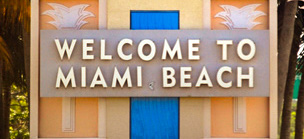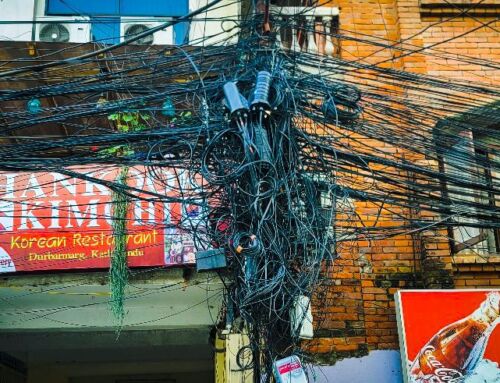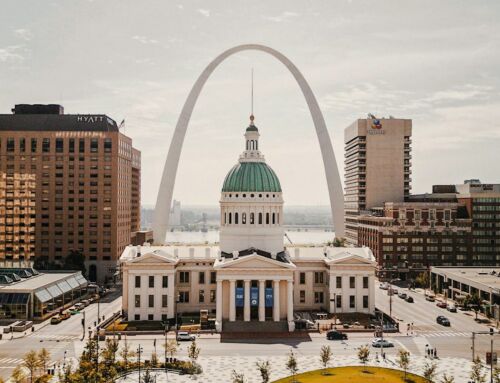View by Topic
Recent Articles
-
Federal Government Finalizes New Efficiency Standards for LightbulbsSaturday, April 13th, 2024
-
2024 IECC is Final After Addressing Preemption IssuesSaturday, April 6th, 2024
-
Settlement Portends Broad Failure in Attempts to Ban Natural GasSaturday, March 30th, 2024
-
SEC Climate Disclosure Rule Stay and Venue Now in the 8th CircuitSaturday, March 23rd, 2024
-
EV Charger Data ApocalypseSaturday, March 16th, 2024
View by Month/Year
“Green Building Law Update” Headlines
Recent Articles & News from
Stuart Kaplow’s blog
at GreenBuildingLawUpdate.com
- Shedding Light on the Future: The Evolution of Lightbulbs in the Wake of New Energy Efficiency Standards April 14, 2024
- 2024 International Energy Conservation Code is Final After Addressing Preemption April 7, 2024
- Settlement Portends Broad Failure in Attempts to Ban Natural Gas March 31, 2024
- SEC Climate Disclosure Rule Stay and Venue Now in the 8th Circuit March 24, 2024
Subscribe to the Green Building Law Update!
Stuart Kaplow brings his expertise and extensive experience to the table with his unique digital publication, "Green Building Law Update". Subscribers receive regular updates to keep them informed about important issues surrounding Environmental Law, Green Building & Real Estate Law, as well as the emerging demand for Environmental Social Governance (ESG).
Get fresh content through the lense of Stuart Kaplow's cutting-edge expertise, innovative commentary and insider perspective. Don't miss another issue! Subscribe below.

Miami Beach’s New Green Building Impact Fee
Some years ago an ordinance enacted by the City of Miami Beach received accolades across the globe when it protected endangered sea turtles that nest on the beaches of Miami Beach, by “restricting artificial lighting and other activities that disorient turtle hatchlings, causing them to crawl toward land rather than toward the ocean.”
However, a recent enactment by the City of Miami Beach is not being so widely applauded. On February 10, 2016, the City Commission voted unanimously to adopt the Sustainability and Resiliency ordinance which imposes a new tax for the failure to achieve LEED Gold certification or Living Building Challenge certification on new constructions over 7,000 square feet or ground floor additions to existing structures that encompass over 10,000 square feet of additional floor area.
In 2015, 64 permits were issued for buildings over 7,000 square feet. Apparently none of those projects are today registered with GBCI as pursuing or having achieved a LEED Gold certification.
The new law requires the payment of a Sustainability Fee prior to obtaining a Temporary Certificate of Occupancy, Certificate of Occupancy, or Certificate of Completion. This fee is set as 5% of the construction valuation. If there is a failure to obtain any level of LEED certification, the fee is not refunded. A project that is LEED Certified receives a refund of 50% of the fee paid. A project that is certified LEED Silver receives a refund of 66% of the fee paid. And projects that are certified LEED Gold or Platinum or are Living Building Challenge certified received a 100% refund of the fee paid.
A builder has up to two years to obtain a full or partial refund of the fee depending on the level of green building certification achieved. Earned fees in the Sustainability and Resiliency Fund do not revert to the general fund, but rather are to be utilized to provide public improvements that increase sustainability and resiliency in the City.
The new law is effective for all projects that apply for review after April 1, 2016, but as of July 8, 2016 the City has yet to collect the first dollar of the Sustainability Fee. Such is likely explained because the law does not apply to developments that have an approved order from the Planning Board or have been issued a building permit process number or submitted a complete application for hearing prior to the February 10 enactment date.
Beyond that this enactment is nothing more than a green building impact fee in an effort to create a new source for revenue for government capital projects, many believe that a voluntary, non mandatory approach to environmental protection is the best hope for stewardship of our planet; hence the broad brand and wide market share acceptance of LEED. Many are suggesting that burdening owners of terra firma with a ‘special’ green building impact fee with the revenue being used to address the larger public policy matters of sustainability and resiliency with improvements to government owned land, is wrong and will not be efficacious.
Moreover, imposing a new tax on the failure of a landowner constructing a building to obtain a third party green building certification (while obviously not in the same order of magnitude as the penalty of death imposed by the Code of Hammurabi for failure to construct a building properly) also raises the very real issue of how efficacious that sustainable project will be when the owner is simply pursuing a number of points to avoid imposition of the impact fee.









